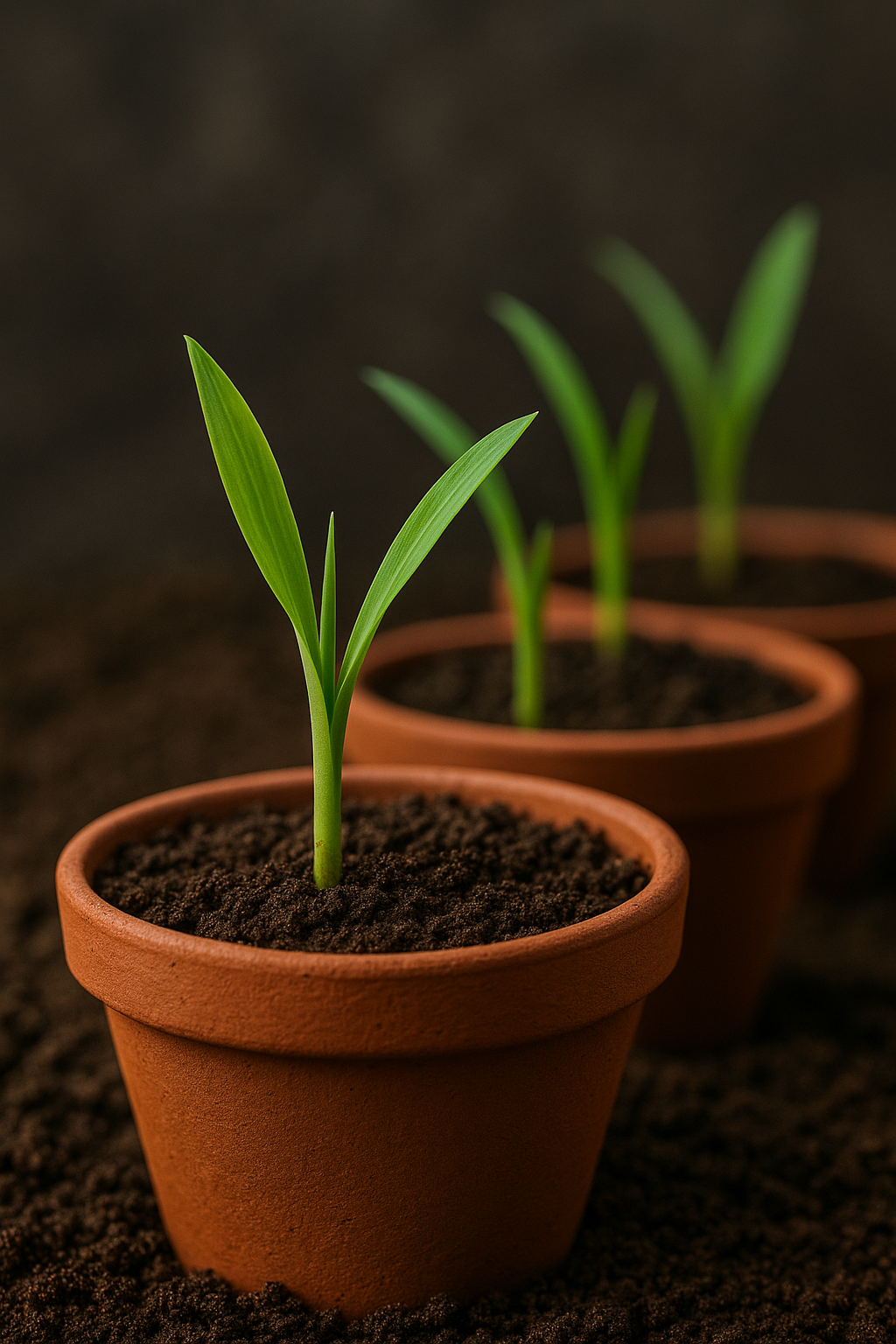
- Home
- ASSESSMENT OF EFFECTIVENESS OF MYCORRHIZAL INOCULANT IN SORGHUM BY IN VIVO POT CULTURE METHOD

Aditi Bijalwan
Co-founder at Agrilogy Bioscience Private Limited
Sorghum is a climate resilient crop known for its drought tolerance and nutritional benefits in arid regions, but even the challenges of plants can be benefitted from a little help. Enter Vesicular Arbuscular Mycorrhiza (VAM), a beneficial fungus that plays a critical role in improving plant health, especially under challenging growing conditions (biotic and abiotic stresses). VAM serves number of benefits to the plant health but how do we know if our VAM inoculum is truly effective?
In this blog, we’ll dive into how VAM inoculation can boost sorghum growth and how researchers are assessing the effectiveness of these fungal partnerships through a traditional in vivo pot culture method.
The Symbiosis of VAM: How Fungi and Plants Thrive Together
Plants and fungi have formed a unique partnership over millions of years. VAM fungi penetrate cortical region of the plant roots, creating a vast network of fungal mycelia (intraradical hyphae) that increases the plant's extent to nutrient availability zone through increase in surface area of mycelia. This relationship allows the plant to access nutrients like phosphorus, nitrogen, zinc etc. which are often unavailable in the plant`s reach zone in the rhizosphere, while the plant provides the fungi with essential sugars and lipids.
For crops like sorghum, this partnership can significantly improve plant growth, especially in nutrient-deficient or water and heat stressed environments.
Assessing the Inoculum Potential: The In Vivo Pot Culture Method
To evaluate the effectiveness of mycorrhizal inoculum, researchers employ an in vivo substrate based pot culture method. This technique involves growing plants in suitable substrate where the inoculated fungi can be monitored for root colonization and overall plant growth for 45-60 days.
Here’s a quick look at how it works:
- Preparation of the Inoculum: Mix the VAM spores with a sterilized substrate (sand, soil, and cocopeat). Serial dilutions (10-1 to 10-4) of the inoculum are created to test the effect of different concentrations of VAM on plant growth.
- Planting Sorghum Seeds: After preparing the inoculum, sorghum seeds are sown into containers filled with the substrate mixture. Each container represents a different dilution, allowing us to test the effectiveness of various inoculum concentrations.
- Observing Growth and Root Colonization: After germination, only one plant per container is maintained, and the plant grows for 45 days. Researchers then examine the roots for signs of mycorrhizal colonization using a microscope. The presence or absence of mycorrhizae is noted, and the data is used to calculate the inoculum potential (IP) of the fungal sample.
- Calculating Inoculum Potential (IP): Using the Most Probable Number (MPN) method, researchers can estimate the inoculum potential—a measure of how many viable fungal propagules (spores) are present per gram of substrate. This helps determine the optimal level of inoculum for maximum plant growth.
The Benefits of VAM Inoculation for Sorghum
The results of these experiments often reveal significant benefits for sorghum growth, especially in challenging environments. Here’s why inoculating with VAM fungi can be a game-changer for sorghum farmers:
- Stronger Root Systems: VAM inoculation results in more extensive root networks, allowing plants to absorb nutrients more efficiently, especially phosphorus.
- Better Growth and Yield: VAM-treated plants typically exhibit increased height, weight, and biomass. In some studies, the inoculation has also led to higher yields of grain.
- Improved Stress Resistance: With increasing global challenges like climate change and soil degradation, VAM’s role in enhancing drought and salinity tolerance is critical. Sorghum plants inoculated with VAM show better survival rates and more robust growth under such stress conditions.
Challenges and Future Directions
While VAM inoculation in in vivo technology offers many advantages, the process isn’t without challenges. Standardizing spore quality, preventing contamination, and ensuring uniformity in the fungal inoculum can be difficult. However, these obstacles are not insurmountable. Ongoing research is focused on refining inoculum production methods and developing more efficient ways to apply VAM fungi in field settings.
Conclusion: A Symbiotic Solution for the Future of Sorghum Farming
Inoculating sorghum seeds with Vesicular Arbuscular Mycorrhiza (VAM) is proving to be a powerful tool for improving plant growth, resilience, and overall crop yield. By using techniques like in vivo pot culture, growers are better able to assess the effectiveness of VAM inoculum and refine these methods for large-scale farming.
Whether you're a researcher, farmer, or simply a plant enthusiast, understanding the power of beneficial fungi like VAM can help us develop more sustainable and productive agricultural practices. As we continue to explore the full potential of these mycorrhizal partnerships, the future of crops like sorghum looks brighter than ever.
We will learn about MPN estimation for IP analysis in our next blog. Stay connected!
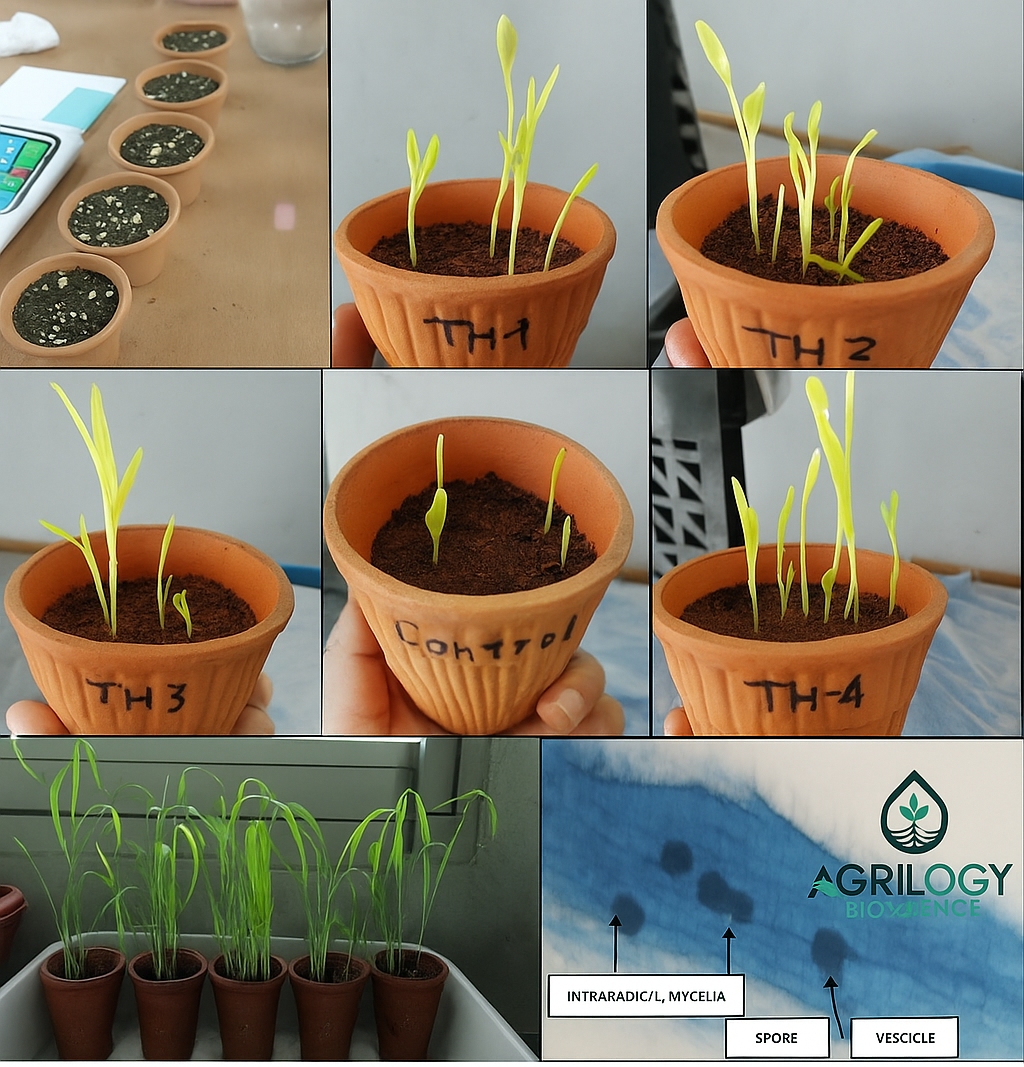
Comments (0)
No comments yet. Be the first to comment!
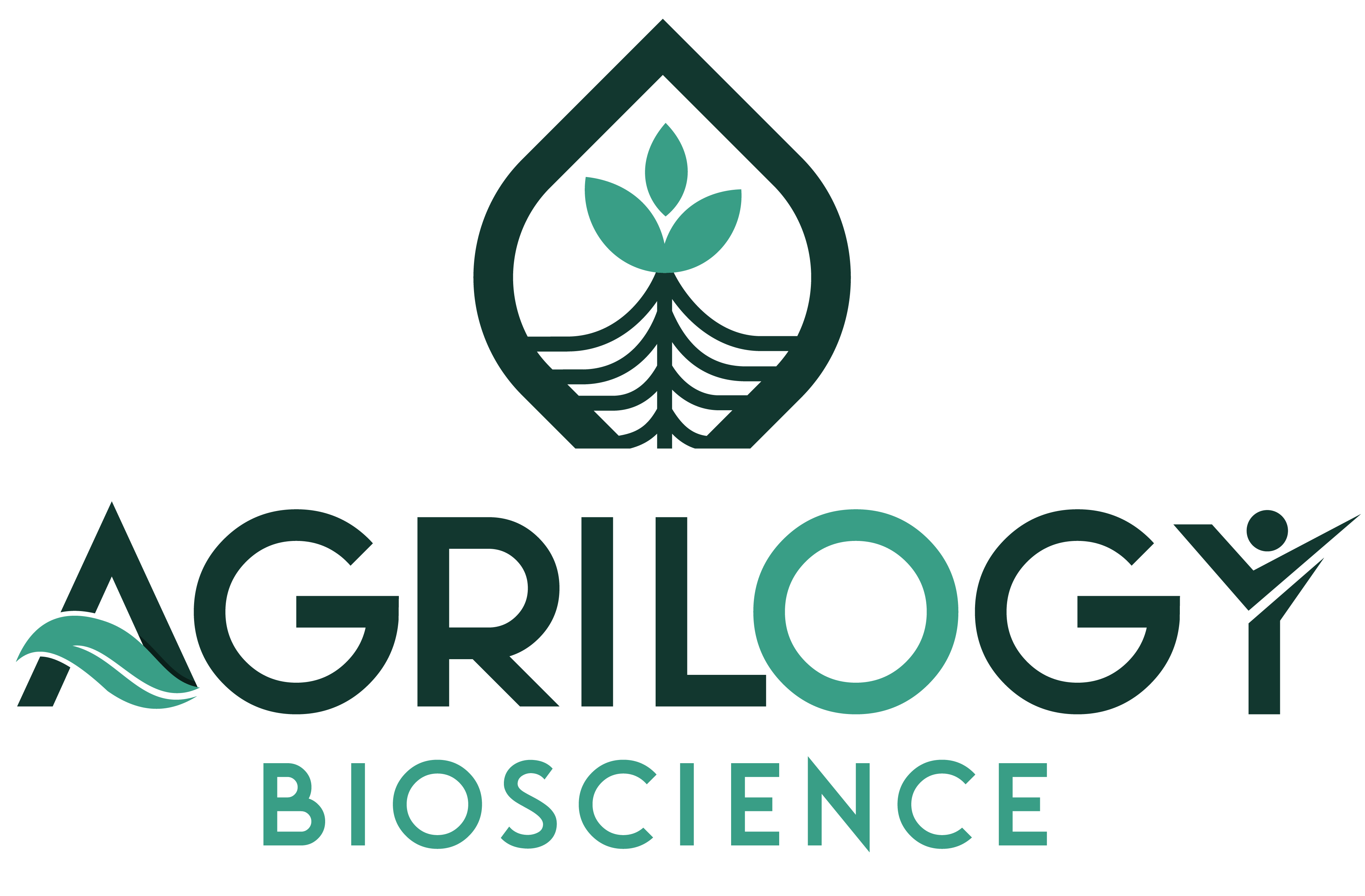
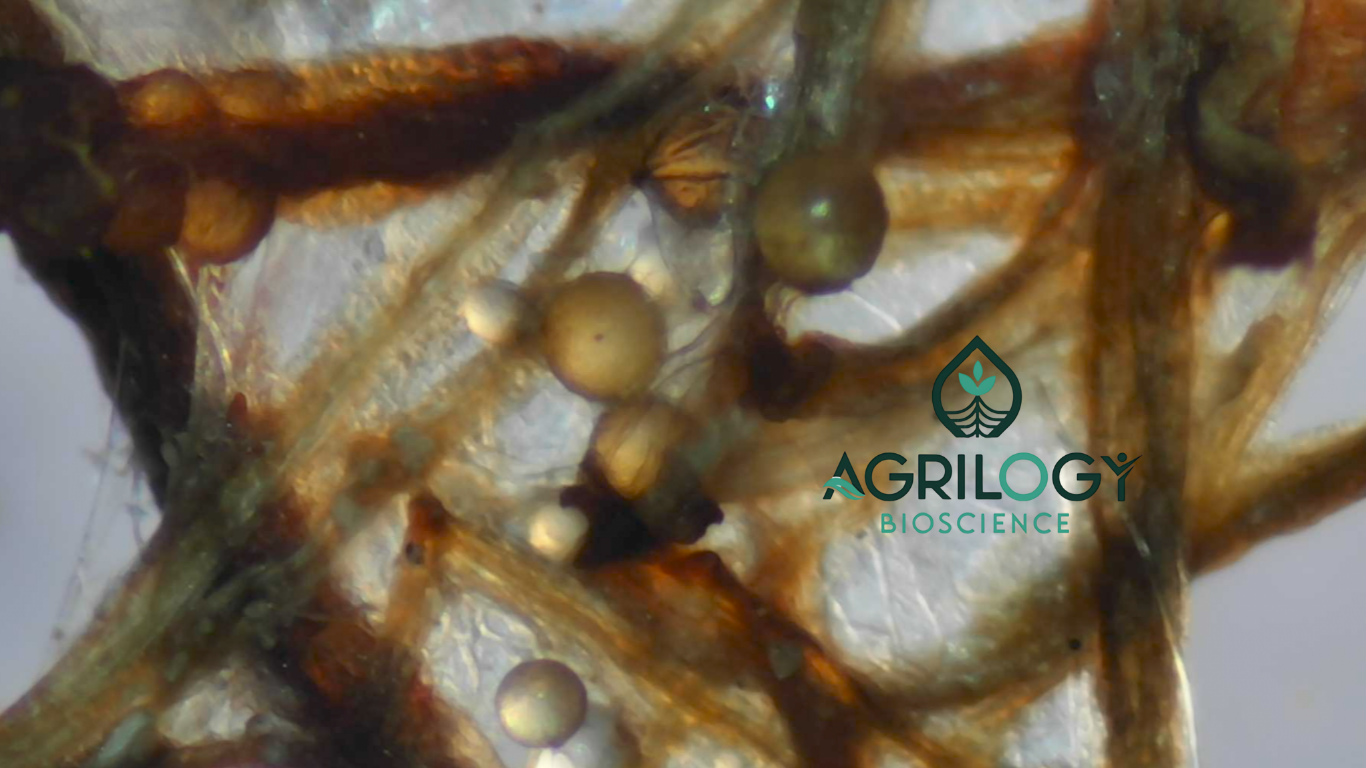
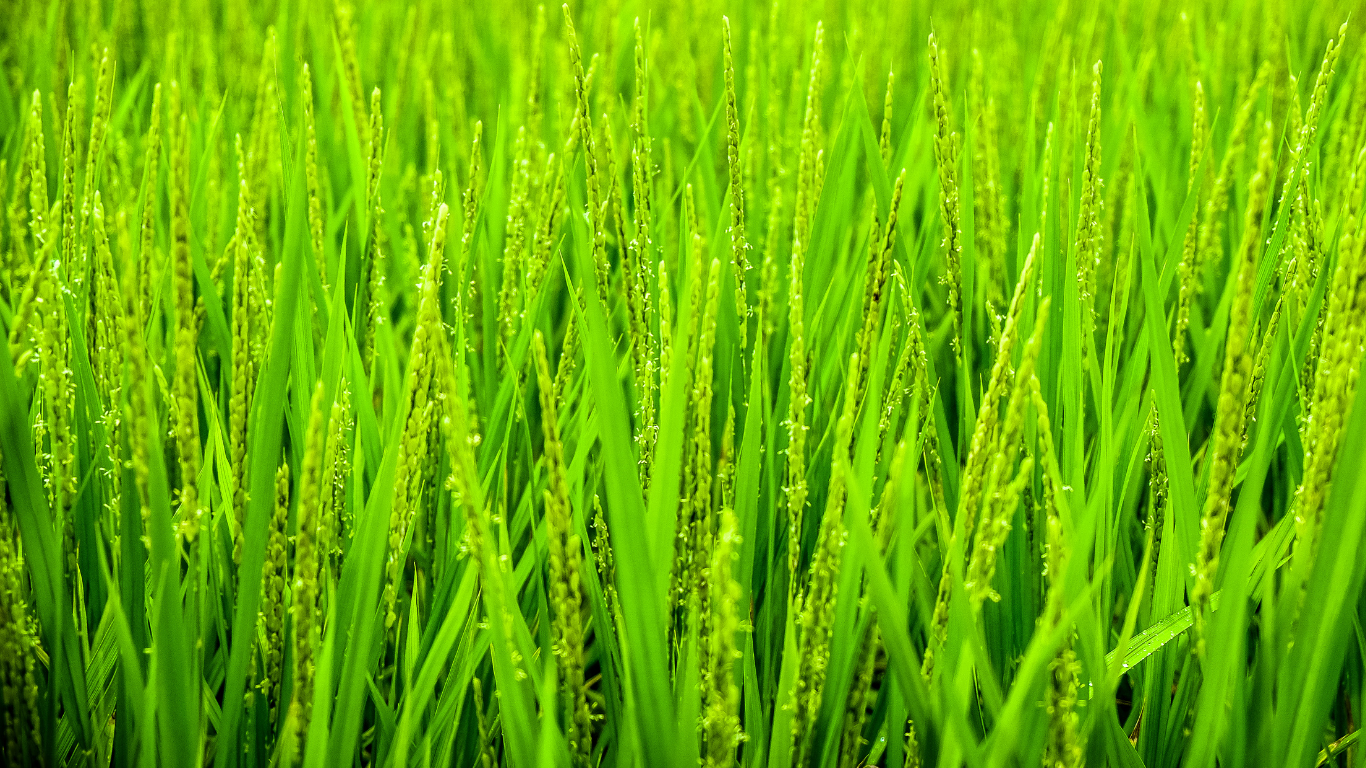
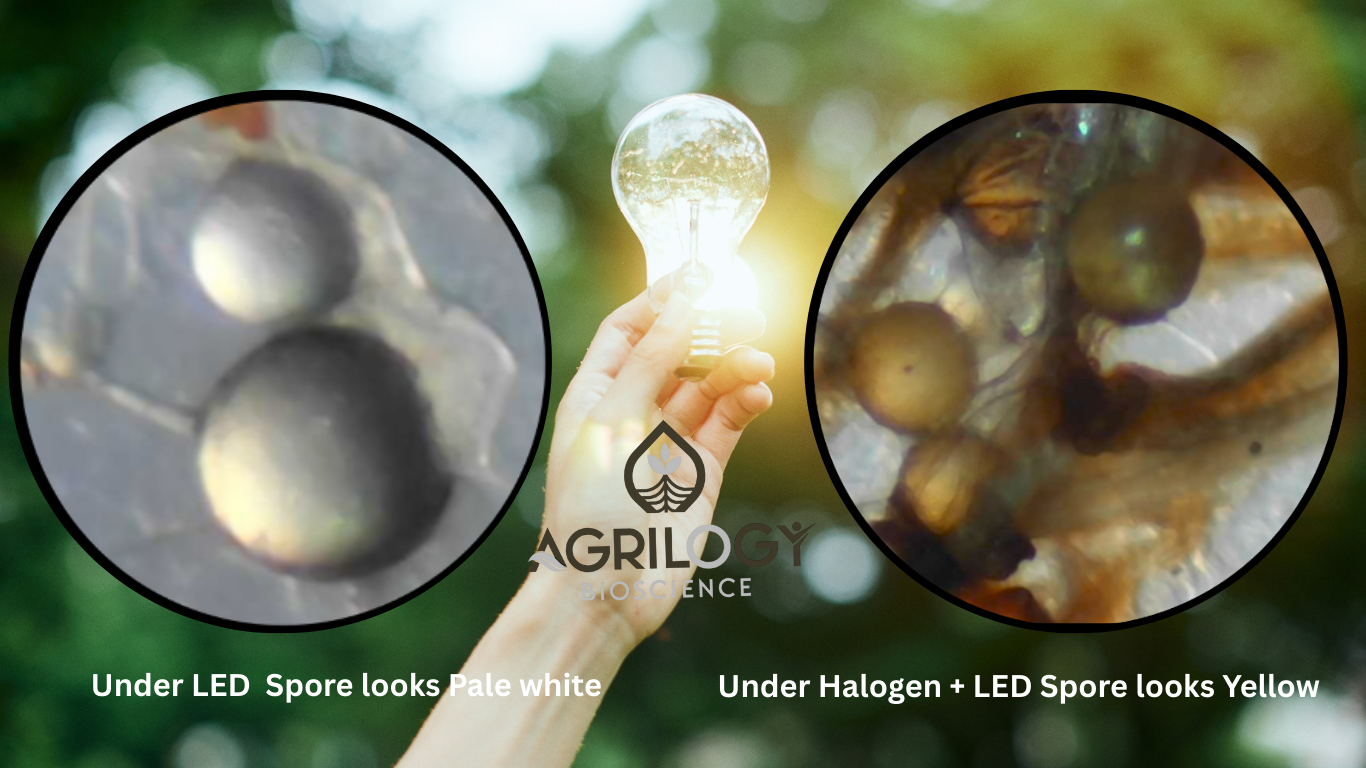
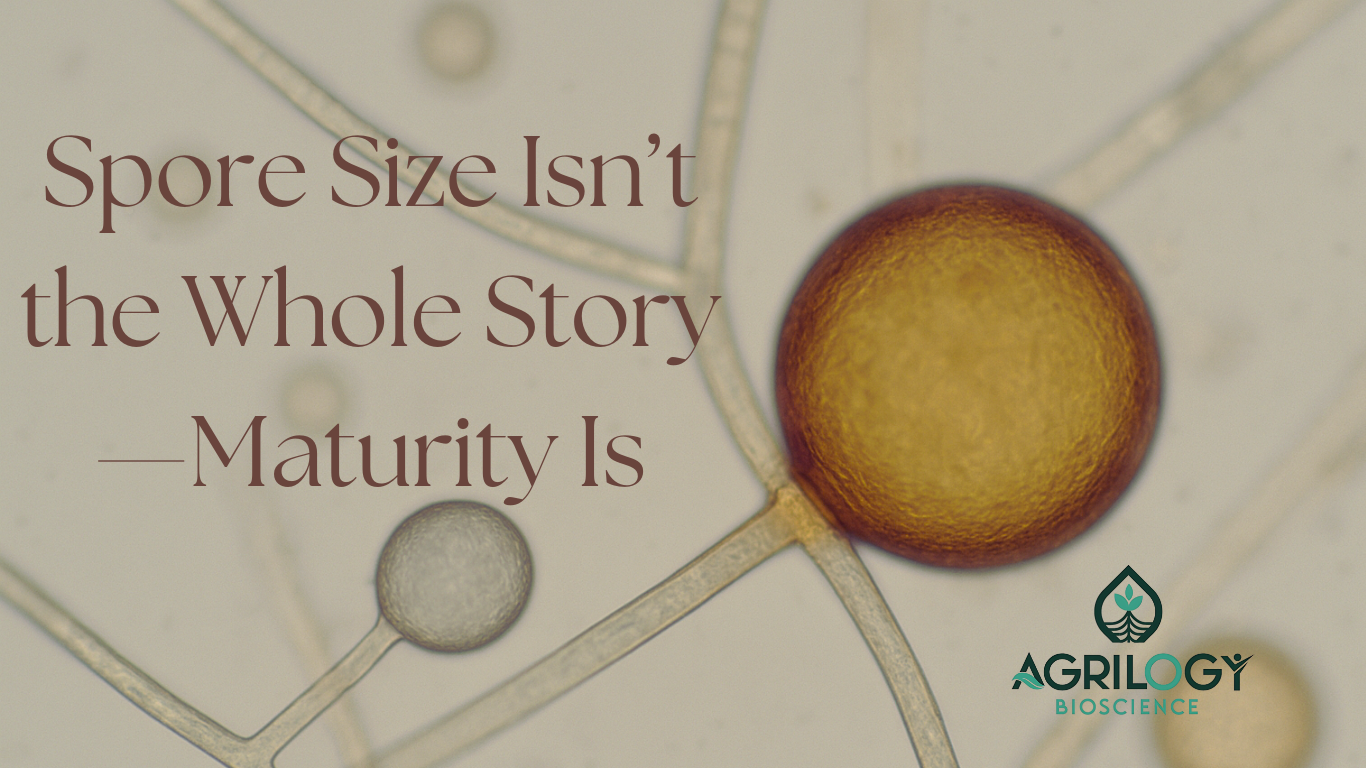
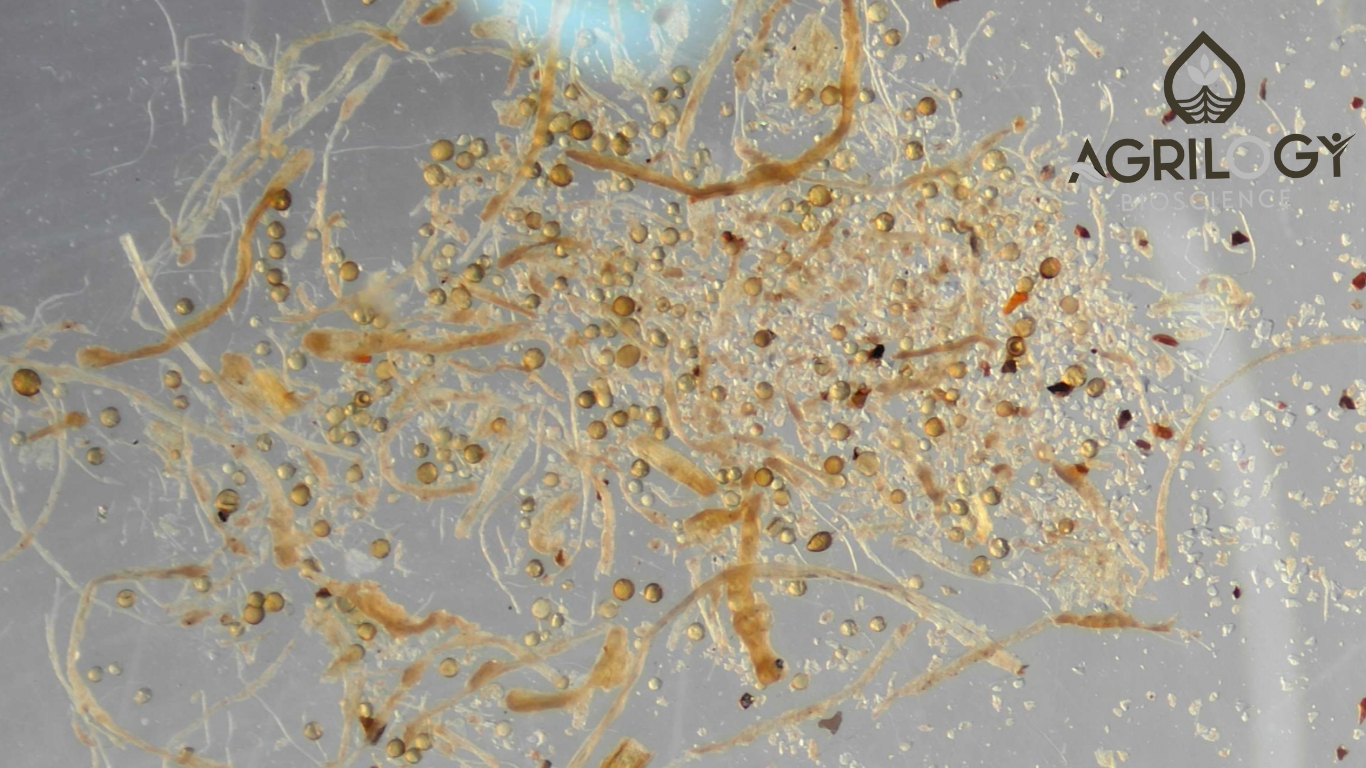
Leave a Comment